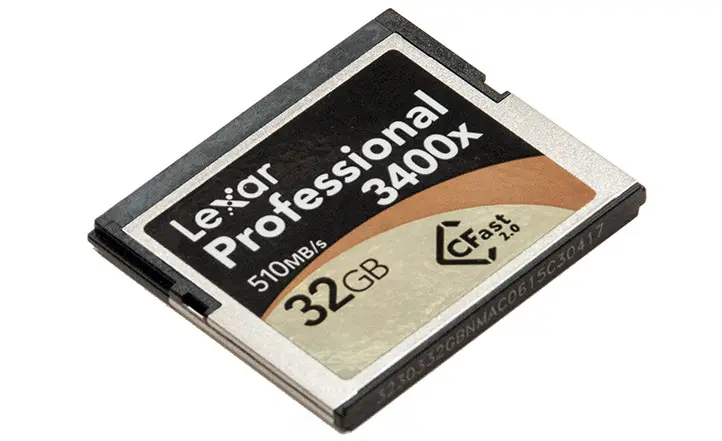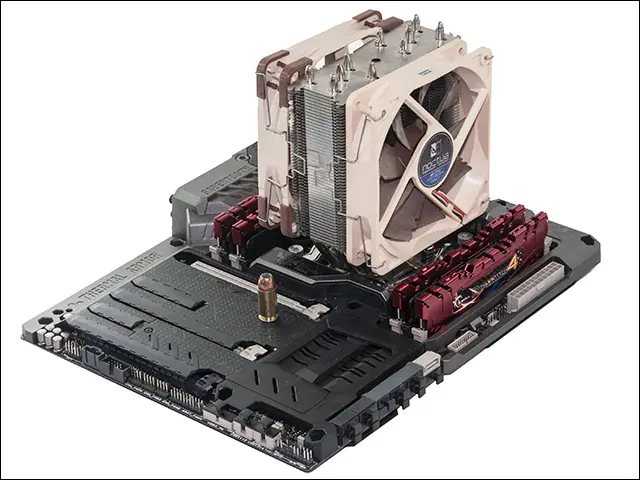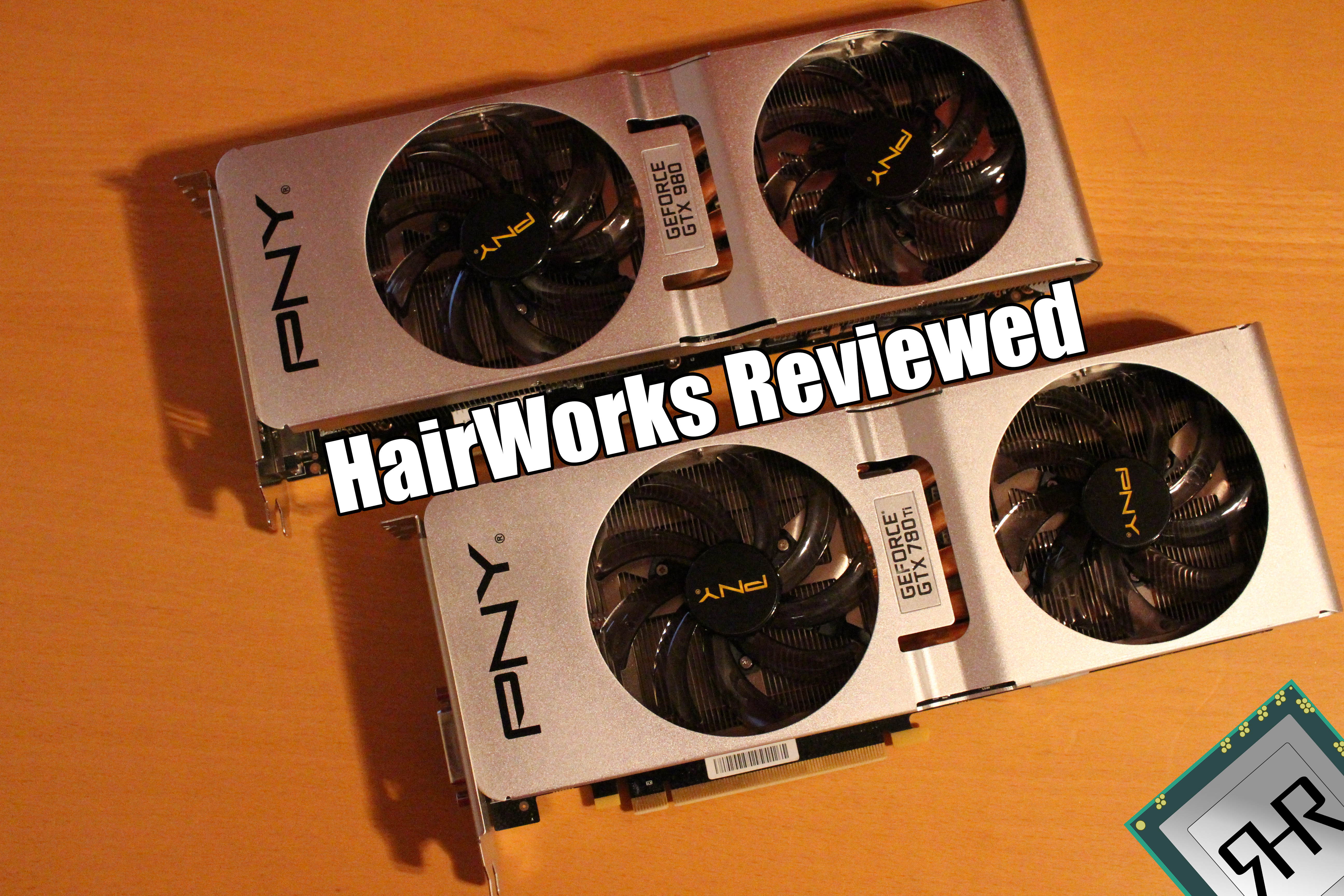Testing external storage designed for use in cameras is not like testing solid state drives, or even compact storage devices like ‘thumb drives’. These devices have very unique standards and have been optimized for highly specialized roles. For this reason we have chosen to do a combination of synthetic and real world tests that will show the intended customer base what the real strengths and weaknesses of a product line are.
To this end we have chosen ATTO, AS-SSD, and Crystal DiskMark for our synthetic test suites. However, we have opted to not include any deep queue depth testing. Instead only the sequential, medium size, and single queue small file size tests are run. ATTO’s full range of file sizes will be included but this only so that consumers can see the performance curves a given storage device offers. Furthermore we will be significantly discounting any results under the 8K mark in ATTO.
For real world we have opted for our usual real world transfer test. This is a two part test. The first consist of timing how long a single 30GB (30 Billion bytes) raw file takes to copy to, and then from the devices. The second consists of timing how long it takes to copy to and then from 15GB (15 Billion bytes) worth of small files (from 100kb to 200MB) with a total 36,000 files in 1200 subfolders. For the card reader we have opted for Lexar’s WorkFlow USB 3.0 series. This series offers great performance, reasonable prices, and is specialized for a specific interface. IE each format has its own WorkFlow model that has been tuned for that particular storage type.
In between each test ran the storage device is wiped and ensured to be in a virgin state via manual TRIM’ing the device using AIS’s FreeSpaceCleaner.
All tests are run four times and only averages are shown.
Main Test System
Processor: Intel i7 5930K
Memory: 16GB Corsair Vengeance LPX DDR4-2666
Motherboard: Asus Sabertooth X99
Cooling: Noctua U12S
SSD: 1x Intel 750 1.2TB NVMe SSD
Power Supply: Corsair AX860i
Monitor: Dell U2714H
OS: Windows 7 Ultimate x64 SP1
Card Reader: Lexar USB 3.0 WorkFlow CR1
Lexar Cfast 2.0 – Synthetic Test Results
For synthetic tests we have used a brand new Lexar WorkFlow USB 3.0 CFast card reader. The reason for using this particular card reader is not because of any brand favoritism; rather we found it to be one of the best – and one of the few – CFast 2.0 card readers available today.
Before we begin, we do however have to explain one set of numbers: the sequential read. Put simply this card is so fast that the USB 3.0 reader simply can’t keep up. We did retest it using a micro-SATA cable adapter and it cruised along at its rated speed of 510Mb/s, but this radical change in interfaces would not have been fair to the other cards in the chart (as they had to use the USB protocol which does introduce a lot of overhead). We feel this is fair as a Lexar reader was used. As such 380Mb/s is about the most you will see via USB 3.0 – one Lexar equipment. To be honest that is fast no matter how you look at it, but if you want all the performance a ten dollar cable adapter is all that is needed.
ATTO Disk Benchmark
The ATTO disk benchmark tests the drives read and write speeds using gradually larger size files. For these tests, the ATTO program was set to run from its smallest to largest value (.5KB to 8192KB) and the total length was set to 256MB. The test program then spits out an extrapolated performance figure in megabytes per second.


AS-SSD
AS-SSD is designed to quickly test the performance of your drives. Currently, the program allows to measure sequential and small 4K read/write speeds as well as 4K file speed at a queue depth of 6. While its primary goal is to accurately test Solid State Drives, it does equally well on all storage mediums it just takes longer to run each test as each test reads or writes 1GB of data.


Crystal DiskMark
Crystal DiskMark is designed to quickly test the performance of your hard drives. Currently, the program allows to measure sequential and random read/write speeds; and allows you to set the number of tests iterations to run. We left the number of tests at 5 and size at 100MB.


As you can see the CFast 2.0 card simply dominates the competition and shows precisely how much performance professionals and enthusiasts will have access to once camera manufactures catch up.











